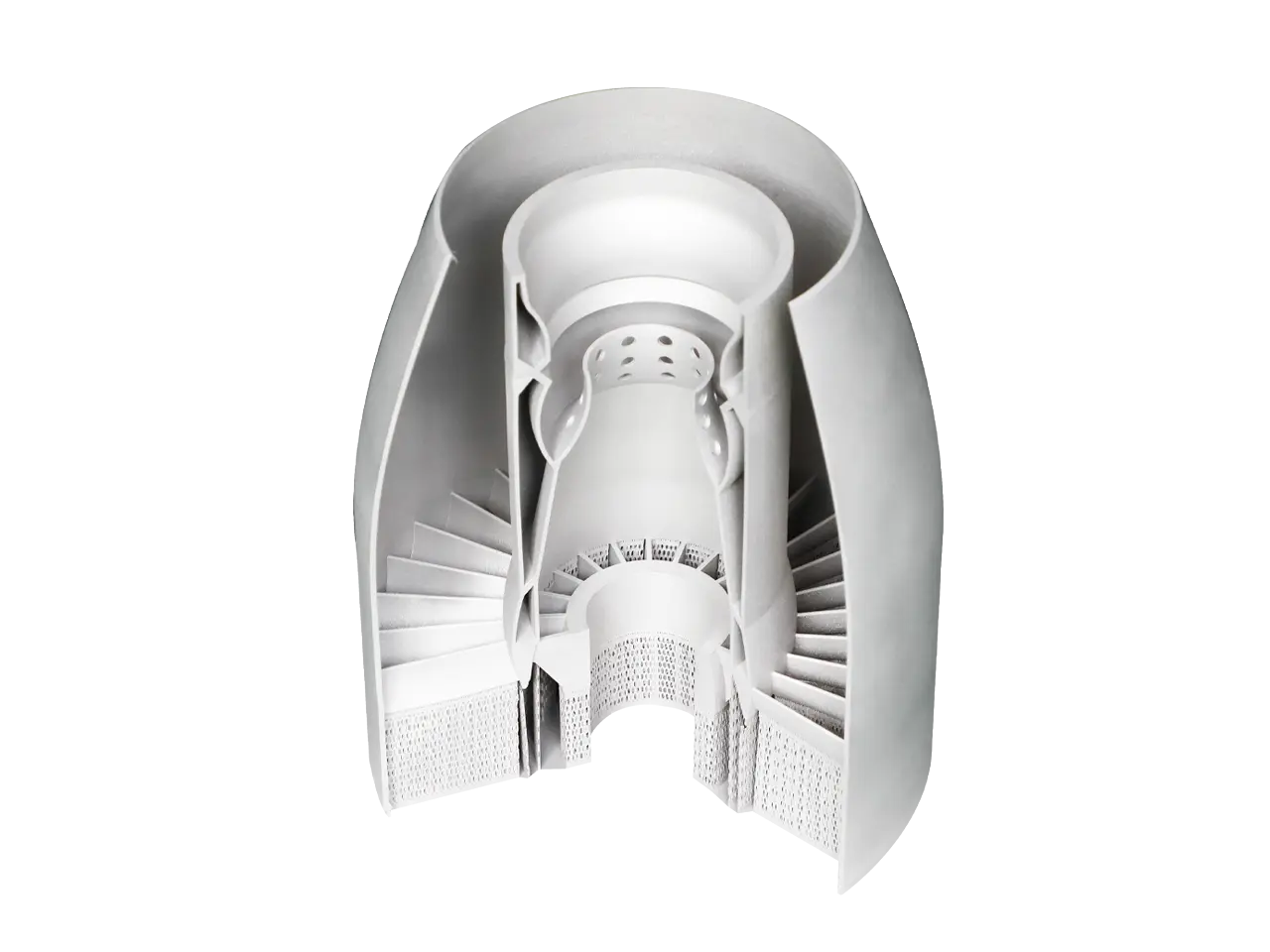April 9, 2025, according to the resource library,The latest seafood product based on El Blanco plants, an Austrian food technology company, has been officially launched.
This cod substitute created by 3D extrusion molding technology uses fungal fermented proteins as a basic raw material and is associated with microalgae oil to perfectly reproduce the delicate texture and the delicious taste of black cod. Its single fish steak shape is not only rich in dietary fiber and omega-3, but also obtains a healthy ratio of low saturated fats.
Currently, the product has entered many traditional sales channels in Europe, including the Billa supermarket chain (Billa Plus and Billa Pflanzilla Counter), the Austrian fresh food platform Gurkerl.at, German electronic commerce Knuspr.de, and Revo Foods Official Mall (supports completely European delivery).
Nutritional ingredients and production technology
The basic raw material of this product is fungiThe doubling of the protein biomass takes only 5 hours, is rich in complete amino acids and saturated fat required by the human body, and has the natural characteristics of “high fiber and with low carbohydrate content”.
Thanks to the exclusive 3D extrusion process,The Rewo food team successfully transformed the original neutral bacteria into a layer and delicious texture. Compared to the salmon alternative, the net, which was launched earlier, this alternative to cod, El Blanco, has a softer and more delicate texture.
El Blanco Fish Steak Products. Image: REVO FOOD
In the taste plant, the own production base,Revo Company uses a new generation of 3D extrusion system to achieve mass production. This technology passes precisioncontrolThe protein fibers are arranged in a directional way and the vegetable fat is uniformly anchored in the matrix, ultimately forming a texture and a squamous texture comparable to those of the real cod.
El Blanco Fish Steak Products. Image: REVO FOOD
“Traditional processes require several treatment links and our solutions are extremely rationalized,” said Levo in the technical description. “It is enough to crush the bacterial proteins, then to put them in a 3D extrusion system at low temperature and low pressure to form directly. This process locks the nutrients to the greatest measure – one of the lightest technologies in the food processing industry.”
Application of 3D printing technology in the development of plant proteins
Reco’s breakthrough is only an example of the wave of 3D printing food technology.
In 2020, Redefine Meat launched the vegan steak steak printed in 3D, the first to trigger the shock of industry. Thanks to an exclusively developed food quality 3D printer, this product corresponds precisely to three modules: “plant muscle”, “vegetable fat” and “quality of the blood of plants”, and its environmental advantages far exceed those of traditional farm products.
Vegan steak printed in 3D. Image source: redefine meat
In 2021, the company also personalized a complete series of 3D printed products for the Israeli catering market, covering hamburger pancakes, sausages, lamb skewers and other forms, and was also tasting with authority recognized by industries such as Michelin Chef Marco White.
The new Israeli Varia Savorine has adopted a different approach, with its 3D printing technology specializing in the certified, vegan and gluten -free certified and gluten -free protein product range.From American pork pancakes to turkey burgers, these innovative products developed for the North American market redefine the limits of the vegetable meat market.





